What flowers cannot be kept at home and why, what plants bring happiness and prosperity

Flowers are the decoration of our life. They create comfort, give the home a unique atmosphere and purify the air.
But the “green companions” of our lives also have a downside: an incorrectly chosen flower can bring troubles in life or cause a serious illness.
Let's find out which flowers should not be kept at home and why, and whether the rumor about the bad energy of some plants is always true.
Content:
- Beautiful and dangerous: which flowers should not be kept at home and why
- The most dangerous house plants
- How poisonous juice gets inside
- Plants that can cause allergies
- What flowers are harmful to keep in the bedroom?
- Optimal places to place plants in the bedroom
- What flowers should not be kept at home according to folk wisdom?
- What flowers should you not keep at home according to feng shui?
- Which plants should you be wary of?
- What flowers are recommended to keep at home for happiness?
- What flowers should you keep at home to get married?
- Plants that bring grief and misfortune to the house - is it worth believing omens?
- How to find your flower
Beautiful and dangerous: which flowers should not be kept at home and why
Most people, when choosing home flowers, are based only on appearance. This approach can result in serious problems for the amateur gardener and his environment. Animals and children at risk are those who may unknowingly harm themselves upon contact.
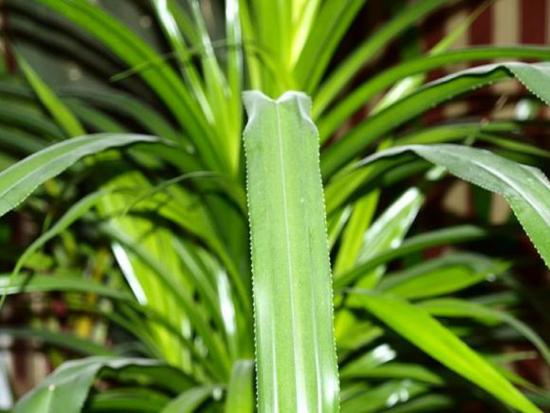
Features of flowers that can harm:
- Thorns, thorns and sharp edges. Even just touching such a plant can result in injury. The spines of some representatives of the flower world contain toxic substances, which leads to a long healing time for the puncture site and additional discomfort.
- Poisonous milky juice. Externally, unremarkable flowers can hide an internal danger. Contact with toxic liquids of many colors causes a lot of unpleasant sensations: burns, allergic reactions, itchy skin. If the juice gets on the mucous membranes, it will lead to severe irritation. If ingested, it can cause intestinal problems: nausea, vomiting and stomach pain.
- Smell. The pleasant aroma of your favorite flower can cause malaise, headaches and nausea.
Caring for loved ones should be a priority.
Knowing the dangerous features will help maintain health and save you from possible troubles.
Among the poisonous flowers there are the most “popular specimens”, from which their owners most often suffer. Seemingly harmless flowers that stand motionless in the house, purify the air and decorate the interior, are fraught with a lot of dangers.
Let's watch a video about which flowers you shouldn't keep in the house and why, which ones you can:
The most dangerous house plants
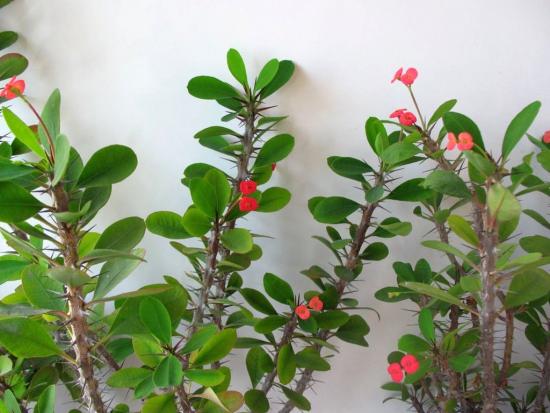
| Evergreen ivy or hedera | A creeping shrub or loach attracts with its unpretentiousness and beauty. Hedera is poisonous, every part of it is poisonous. The most dangerous are the berries, the consumption of which causes poisoning, delirium and cardiac arrest. The spreading, hanging branches of ivy attract the attention of children and animals. |
| Spurge | The stem resembles an elongated stem of a cactus; depending on the type of milkweed, it may have spines.The top is decorated with fleshy leaves, which, when broken or cut, immediately release a poisonous milky juice (secret). Upon contact with skin, the juice can cause severe burns. If the secretion gets into the eye, then getting away with irritation is the least harm that can be caused. The toxic liquid can cause temporary or permanent blindness. Dizziness, loss of consciousness, Quincke's edema, nausea and vomiting are just some of the likely symptoms when ingesting poisonous juice. Also, prickly representatives of milkweed can damage the skin. |
| Gloriosa | From the loach family. Externally similar to a lily. It blooms with spectacular, red inflorescences with a wavy edging of petals that resemble flames. The brightness of Gloriosa is very attractive to children. Toxic substances: alkaloid and colchicine contained in it can cause paralysis and cardiac arrest. |
| Dieffenbachia | A beautiful plant with large yellow-green leaves. It can grow up to two meters in length. Dieffenbachia juice contains a number of substances that cause burns to the skin and mucous membranes. Since the plant is tall and large, it is quite difficult to hide it from children and pets. |
How poisonous juice gets inside
Misconception: To get poisoned by a plant, you must eat it. This is certainly true.
Eating a poisonous flower will lead to inevitable consequences. If a child or pet does not taste the leaves, this does not mean that they are out of the risk zone.
The harmless play of an animal with a dangerous representative of the green world often leads to the tearing of leaves and injury to the stem.
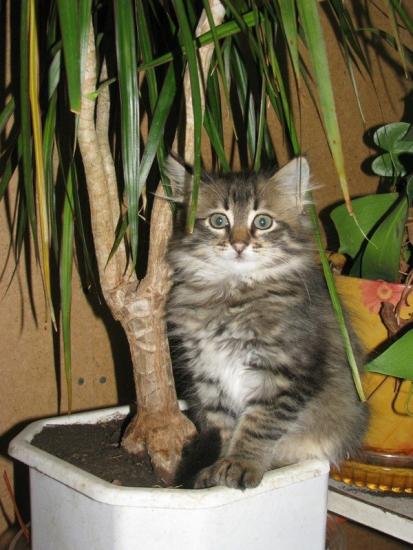
In damaged areas, poisonous juice is released, which ends up on the animal’s paws and fur.In the process of washing, the pet introduces a toxic substance into the body and becomes poisoned.
Children's games with poisonous flowers are fraught with irritation of the skin and transfer of juice to the mucous membranes of the eyes. Symptoms include watery eyes, itching and redness and are often confused with allergies...
Plants that can cause allergies
It is important to remember that people suffering from allergies, asthma or predisposed to allergic reactions need to be especially careful when choosing colors.
It is a misconception that only flowering specimens cause allergies. It is important to know that such a reaction can be provoked by leaves, smell and juice - any part of the flower.
The beautiful appearance of flowers is very deceptive: behind the beautiful flowering of your favorite plant, the true causes of allergies may be hidden, and skin itching from a medicinal compress is nothing more than a reaction to its juice.
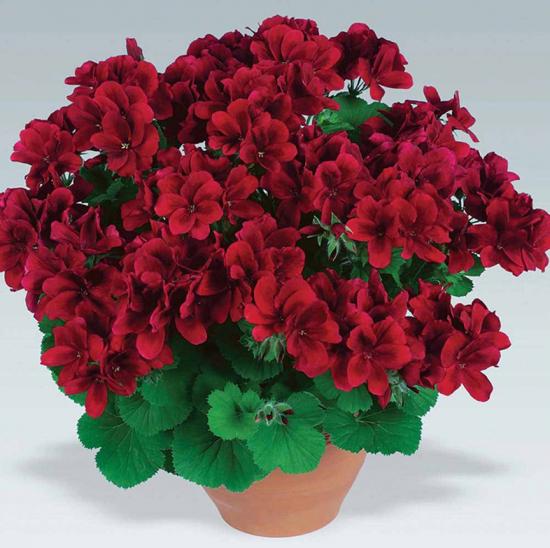
An allergic reaction is manifested by the following symptoms:
- Swelling of the mucous membranes.
- Dyspnea.
- Dry cough.
- Skin itching.
- Skin rashes.
- Drowsiness and weakness.
The most allergenic types:
- Fragrant geranium (pelargonium) – unpretentious, with proper care it can bloom most of the year. The variety of varieties and their colors delights with their abundance. Geranium is known for its healing properties: antiseptic, wound healing and anti-inflammatory. The pleasant aroma of pelargonium fills the whole house. It is the essential oils contained in geranium that give it a specific smell that provoke an allergic reaction. Allergies can manifest themselves either through direct contact or through inhalation of the aroma and the use of geranium for treatment. The consequences may be: runny nose, cough and even Quincke's edema.
- Scarlet striped (domestic) is a well-known healing plant.The use of aloe as a treatment is the most common cause of allergies. A wound healing compress may aggravate treatment with irritation, swelling and itching. Taking aloe orally can lead to vomiting, nausea, cough and shortness of breath. It is important before using aloe for treatment, make sure there is no allergy: do a skin test or use the minimum dosage for treatment. The result can be assessed after two days. If there is no reaction, you can use it.
- Kalanchoe, popularly known as a home doctor or tree of life. Deciduous shrub with dense leaves and small flowers. It has the strongest healing and rejuvenating properties. It is kept in the house, both for beauty and for treatment. It is the use of Kalanchoe at home that leads to allergies. The juice, along with the beneficial effect, leads to skin irritation, urticaria and burns of the mucous membranes when taken orally.
An interesting fact is that the most useful houseplants are the most allergenic.
What flowers are harmful to keep in the bedroom?
The bedroom is the main place for relaxation. Everything here should be harmonious, promoting peace and relaxation. Flowers, in addition to visually improving the space, saturate the air with oxygen and create a unique microclimate. This helps you rest better and recuperate.
The choice of flora for the bedroom must be approached consciously and competently.
It is advisable that:
- The flower was active at night. Not all of them “work” in the dark. The “night workers” include: aloe, palm, mother-in-law’s tongue and Kalanchoe. They are also unpretentious in care and are content with a small amount of light, which is typical for bedrooms.
- Was helpful.Essential and aromatic oils contained in some representatives of the flora improve the condition, promote relaxation and kill germs. In order for a flower aroma to please you, you need to select a scent that suits your taste or doesn’t have one at all.
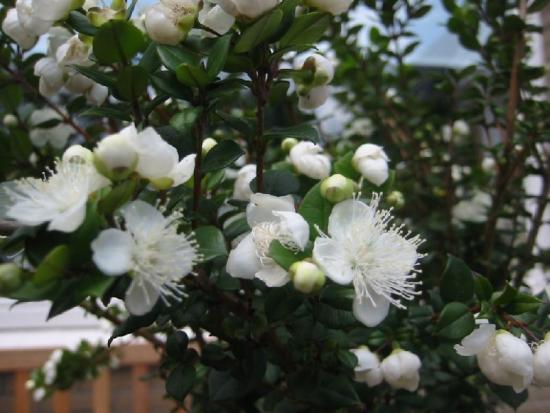
The best aromatic plants are:
- Myrtle - a dwarf decorative tree will be an excellent decoration for the bedroom, purify the air and get rid of germs. The essential oils it produces are odorless. The presence of myrtle in the recreation area is the prevention of influenza and ARVI.
- Lavender (homemade) – essential oils will envelop your home with a pleasant aroma, calm you, relieve stress and help restore strength. The appearance of lavender will fit perfectly into any interior. The only negative is the need for increased care: constant loosening, watering and lighting. For winter, cultivated home lavender is pruned.
- Gardenia is a small bush-like flowering plant. Its aroma is reminiscent of magnolia and acts as a sleeping pill. The beautiful gardenia is very capricious: it does not tolerate rearrangement, cold and drafts.
All the benefits of a representative of the flora will come to naught if it is not to the “heart”. You should choose a flower that makes it pleasant to be with.
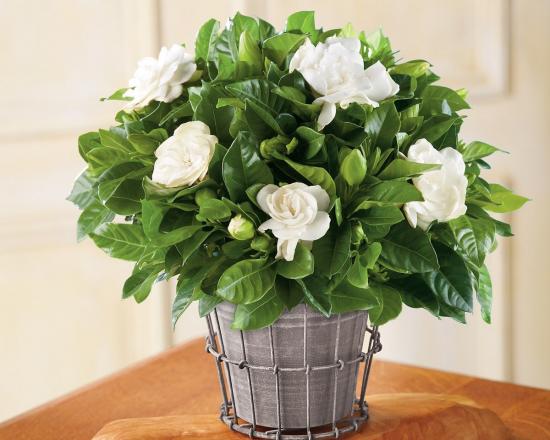
In the bedroom it is better to exclude plants such as:
- Oleander, monstera and dieffenbichia - spectacular flowers are considered energy vampires, taking strength from the people around them for their growth.
- Mimosa, whose essential oils promote hair loss.
- Geranium is a healthy flower with an invigorating aroma that can cause allergies.
Let's watch a video about which flowers should not be kept in the bedroom:
Optimal places to place plants in the bedroom
Not only the view is important, but also the location.It should not be placed at the head of or near the bed: the pots contain soil, a huge number of microorganisms and their spores. Such proximity can result in respiratory disease.
The best place to place “green friends” will be window sills and corners of the room.
What flowers should not be kept at home according to folk wisdom?
Growing flowers is a delicate matter. An unconscious choice or a gift in the form of a green friend can, along with beauty and comfort, bring unhappiness and loneliness into the house.
Popular superstitions say that unmarried ladies should not keep climbing ivy. People call the loach muzhegon. According to the sign, he drives away potential suitors and men do not stay in the house.
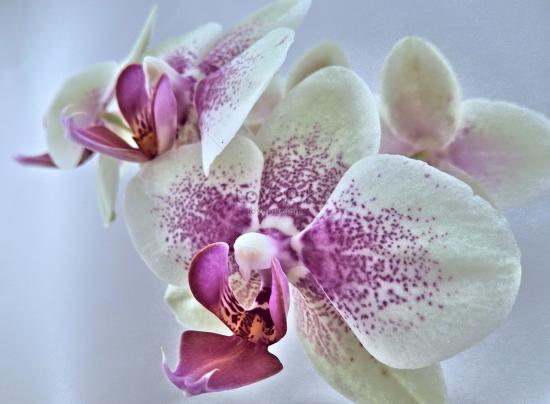
The beautiful orchid is considered an energy vampire; it takes strength and energy from its owners and brings discord to the family.
The palm tree, according to popular belief, is a symbol of loneliness; single people should not have them. If a palm tree grows in a family, then on the contrary it will become a symbol of prosperity. It is better not to accept this exotic plant as a gift from lonely people. Accepting such a gift is perceived as sharing loneliness with the person who gave it.
What flowers should you not keep at home according to feng shui?
According to Feng Shui, green is the color of life. Despite the uniform coloring, not all representatives of the flora correspond to the ancient teachings. According to Feng Shui, home flowers should stretch upward, thereby activating energy and a surge of vitality.
Ivy and other climbers whose branches hang down from the pots are not recommended to be kept at home.
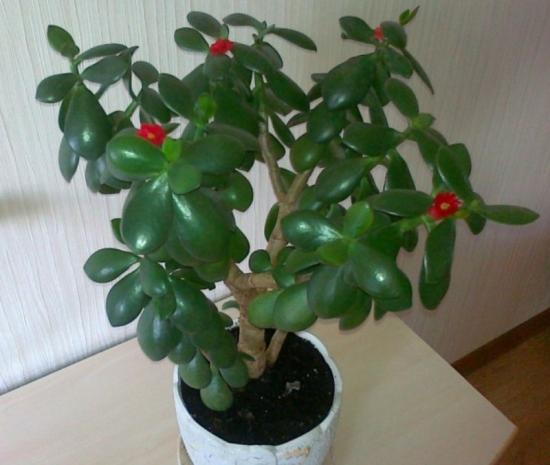
The shape of the sheets should be round or oval. Such leaves characterize the integrity and self-sufficiency of a person.According to Feng Shui, it is better to exclude flowers with thin or sharp, “carved” leaves, they will create an imbalance in the life of the owner.
Withering flowers take away vital energy and health; it is better to get rid of such specimens. A large number of plants with thorns leads to quarrels.
Which plants should you be wary of?
There are a number of flowers that can cause harm if the wrong location in the house is chosen for them. Bright orchids, hydrangeas and lilies that delight with their blooms excite the nervous system with their appearance. It is better to exclude such flowers from the sleeping area and relaxation areas.
Ferns emit carbon dioxide at night and have no place in the bedroom. Lily, geranium, oleander and tuberose have a strong aroma. Their fragrance can cause headaches and nausea.
What flowers are recommended to keep at home for happiness?
It’s not for nothing that they say that “happiness smells like flowers.”
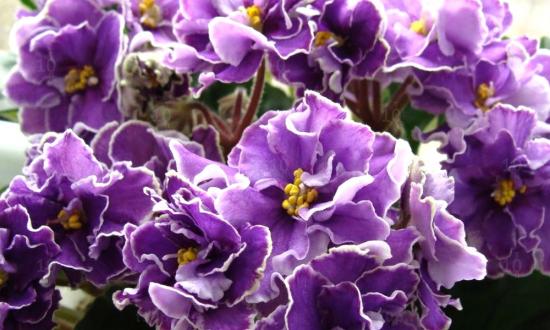
To attract happiness in the house, it is recommended to keep flowering species:
- Violet is considered the guardian of the hearth. The velvety bloom of violets is a symbol of prosperity and happiness in the home. It takes away negative energy, and long-term flowering gives a festive atmosphere.
- Spathiphyllum (female happiness) - delicate white flowers of the plant resemble sails with a mast. According to legends, spathiphyllum characterizes the fragile ship of female happiness, the sail of which is always directed towards harmony and love. It brings good luck in love, helps to get married and find true feminine happiness.
- Anthurium (male flower) is very similar to “female happiness”. Features wider scarlet flowers. It symbolizes fire in relationships and grants its owner success with women.Anthurium is a wonderful and symbolic gift for every man.
- Ficus is an evergreen tree, a recognized symbol of a happy life and family well-being. Ficus also promotes conception and birth of a child.
- Cyclamen is amazingly beautiful, brings peace to the house and preserves love. Folk signs say that if you put cyclamen in the bedroom, there will soon be a new addition to the family.
- The money tree (crassula) is a recognized companion of prosperity and material well-being. Its round leaves symbolize coins; it is believed that the tree attracts money. If the fat woman has sprouted, you should expect a bonus, a lottery win or other material benefits. It is better not to give the sprouts of your money talisman to anyone; it is believed that part of your wealth is given away along with the sprout.
For a happy plant to “work”, it is not enough just to have it in the house. It is important to believe in his strength and thank him for his help with proper care.
What flowers should you keep at home to get married?
Flowers - matchmakers are the best option for decorating the home of an unmarried girl. Plants delight with their beauty and attract love to the owner’s home.
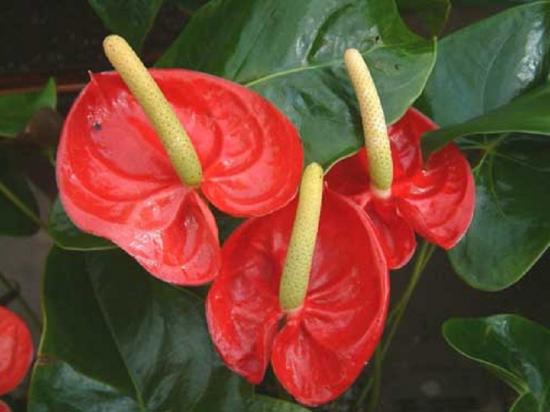
So that Cupid does not pass by, single girls should have:
- Oxalis is popularly known as sorrel. The amorous plant “falls asleep” at night, closing its petals, and opens them only with the dawn of the sun. The petals of the flower resemble a heart and promise success in matters of the heart.
- Chinese rose (hibiscus) is a truly mystical plant. According to legends, in order for a flower to bring results, you need to care for and grow it yourself. The blooming of the Chinese rose will mark the beginning of a new relationship and success in love.
- Hoya is a symbol of sincere feelings, declaration of love and fidelity.In many countries, a gift of a sprig of hoya is considered a declaration of love. It looks like ivy and belongs to the liana family. Hoya has green, fleshy leaves and blooms with white flowers that form a ball. The flower ball symbolizes a strong union, and the branches, a strong connection, between a man and a woman.
Plants that bring grief and misfortune to the house - is it worth believing omens?
There are many “negative heroes” among green friends. The influence of such on a person depends on his belief in the power of the plant. As you know, thoughts are material, therefore it is the owner’s attitude towards the flower that can have an impact on his life.
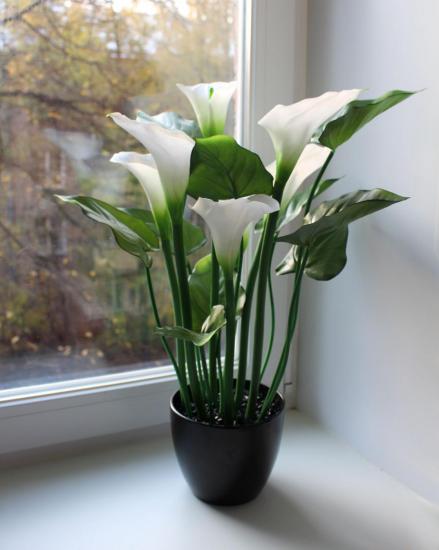
It is believed that:
- Calla brings melancholy to the house. These fragile flowers are characterized by sadness and tears. It is not customary to give or receive it as a gift.
- Sansevieria, popularly known as pike tail. According to signs, sharp leaves will bring discord and quarrels into the family. Despite superstitions, pike tail is one of the most popular in home collections.
- Fern is a truly mystical plant. They used to believe that if a fern grew near a house, an evil spirit lived in it. They threw it at the doors of enemies to bring misfortune. He is considered an energy vampire, taking energy from those around him. There is a scientific basis for this; fern actively absorbs oxygen at night and releases carbon dioxide, so in the morning a person may feel unwell and tired.
How to find your flower
Regardless of the purpose for which the plant is purchased, it is important to remember that it is a living being, for which you take responsibility.
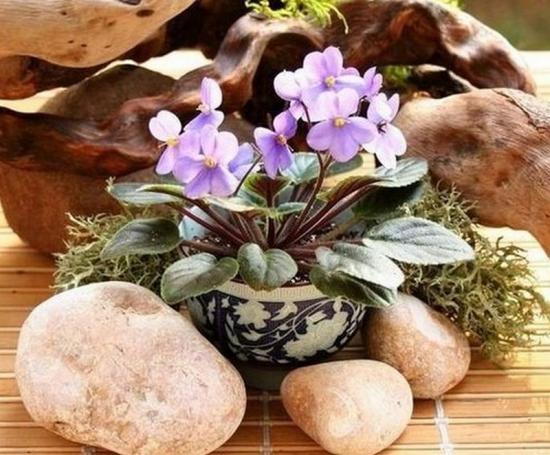
If it is not possible to provide proper care, it is better to postpone the purchase.
You should not take a “happy” plant if you don’t like it visually.
A flower should please you, it should be comfortable to be in the room with it.
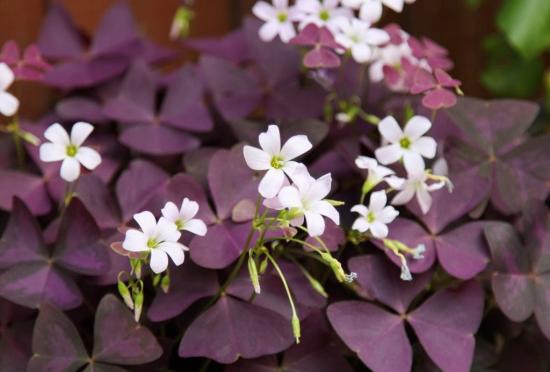
Remember that all “flower” signs and superstitions “work” if we believe in them. You should be careful when choosing a green friend if there are animals and children in the house.
And most importantly, you need to choose with your heart, this is the only way to find exactly your plant.




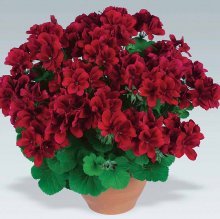

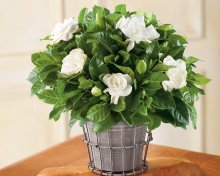
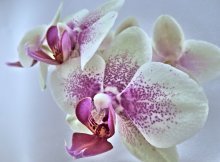
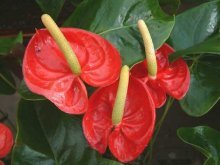
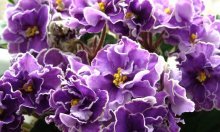

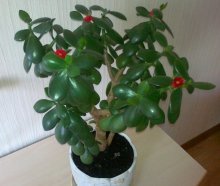

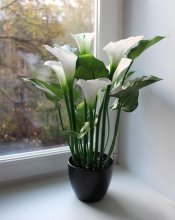
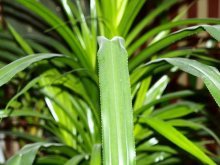
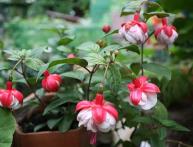

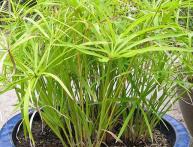
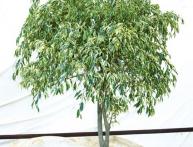
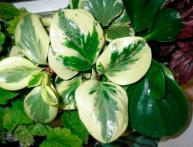
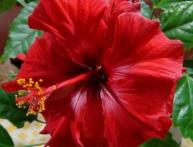

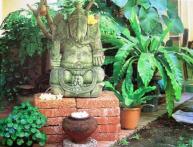
Comments
Now I understand that you cannot thoughtlessly decorate your home with any plants. Previously, the whole apartment was buried in greenery, shoots were brought from everywhere, until one day our cat ate a poisonous loach. It’s good that everything worked out well then, but I had to get rid of the flower. I decided to leave a couple of decorative roses and that’s enough.
Of all the indoor plants listed in the article, our apartment has only geranium, dracaena, orchid and ficus. Geranium, if not touched, will not smell and cause allergies.
I had a large money tree at home, but no matter how much I hid it from the sun, it still got burned. So I had to completely replant this tree, it’s a pity that it turned out this way. Will I have no money now?
And of the plants listed, only milkweed lives at home; I grew it myself from a seed. I heard that it was poisonous, but I didn’t know that its juice could cause a burn. What if the cat plays with it and gets juice in its eye? Horror, this danger is lurking in my house, I’m throwing it all away.
My opinion is that if there are no animals or small children in the house, you can keep any plants. All of them refresh the air and decorate the interior. A lot of plants in a one-room apartment or bedroom is also not good - at night they absorb oxygen. Everything is good in moderation. As for whether they bring happiness or not, I don’t believe it.
I have pets - a cat and a chinchilla, so I am careful when choosing colors. At home I try to place them in an inaccessible place to prevent poisoning of pets. I had Dieffenbachia for a long time, I had to give it to a friend because the juice is very toxic.